William Ford made his name as a barrel borer. Not the most obviously glamorous of the gun maker’s arts but the mid 19th century rush to make guns shoot tighter patterns at longer ranges provided a showcase for his skills.
The vehicle for Ford’s ascendence was called ‘choke boring’. It originated in the United States, where a man called Fred Kimble pioneered the idea of constricting the muzzle section of the barrel in order to hold the pellets together for longer. Kimble was not the first to do so but he id a lot to bring it closer to a science than an art.
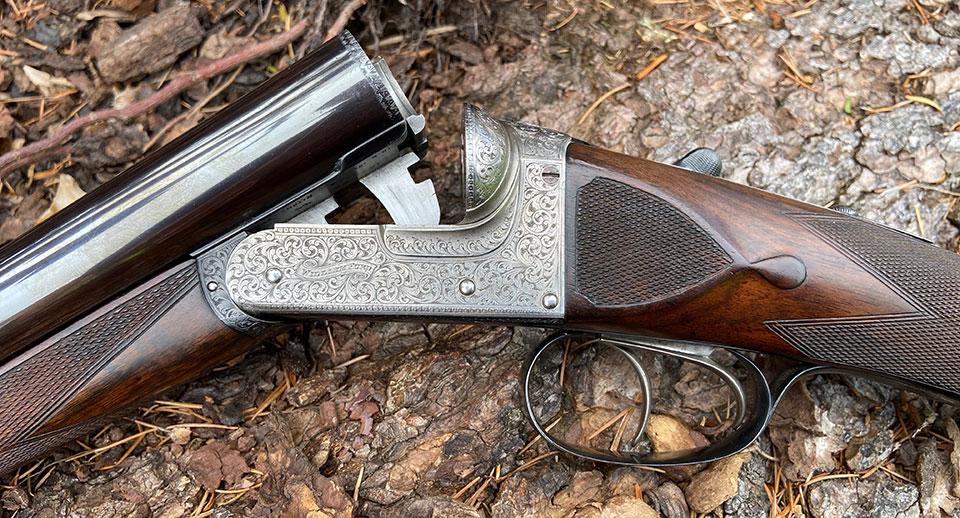
In Britain, the first patent lodged with any mention of a muzzle constriction was that of William Rochester Pape of Newcastle, in 1866. However, it was not until W.W. Greener put an advertisement in the sporting press to announce that he could and would make a 12-bore shotgun capable of beating any other gunmakers pattern by eighty three pellets (210 pellets in a 30” circle, as opposed to the 127pellets then considered the best possible).
The gun trade being what it is, a massive controversy began, with sceptics claiming it to be impossible, dangerous or injurious to guns. A test was required and the editor of The Field, Dr. J.H. Walsh put on a ‘Field Trial’ of Choke-bore vs Cylinder bore guns to see what proof could be found either way.
Greener won these 1875 trials comprehensively and went on to win subsequent trials in London in 1877 and 1879 as well as similar trials in Chicago in in 1879. All Greener’s winning gun barrels in 1875 were bored by William Ford, who performed the same service for Lincoln Jeffries in 1879, winning the event.
Ford is first recorded at 4a Weaman Street in Birmingham’s gun quarter. Before his death in 1909, he moved twice - to 23 Loveday Street (the Eclipse Works) in 1885 and 15 St Mary’s Row in 1889.
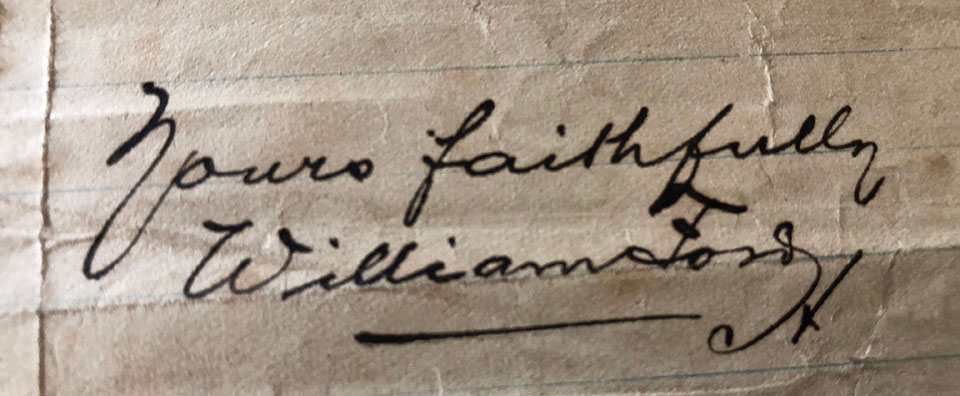
As well as boring barrels for others preparing for Field Trials, Ford worked with Dr. Heath to develop the ‘Chamber-less Gun’, which used thin-walled brass cartridges for wild-fowling (sold by Kynoch from 1882 as the ‘Perfect’) and claimed to pattern very well. They featured a crimp closure, which dispensed with the need for an over-shot card. Ford patented his own cartridges in 1890, with a cup-shaped wad and again in 1896 with a cup-shaped powder chamber.
Ford’s success as a barrel borer allowed him to expand into the role of a full gun-maker, selling guns bearing his own name. His first guns appear to date from 1888. After William’s death, the company continued to trade and was bought and sold several times before ceasing to trade in 1989.
One of Ford’s guns, which we can examine here, is typical of his output, being a best quality boxlock. Serial Number 10063 dates it to late 1911, two years after William’s death, when the company was running under his son; A.F. Ford.
Th gun appears very like many game guns of the period, weighing 6 1/2lbs with 28” barrels, having Southgate ejectors and an Anson & Deeley action. However, the quality is in the details. The radius is artfully bolstered to give added strength where it is weakest. It also has a modified Purdey concealed third grip, secured by a sliding bolt in the action face.
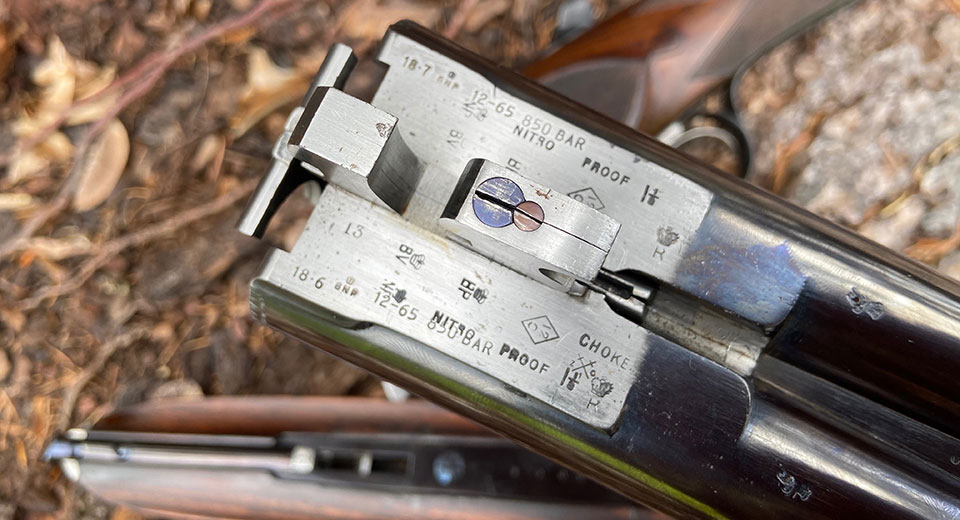
The straight-hand stock is deeply figured and well shaped, with elegant side panels with fine chequer and drop points. The action and furniture feature full-coverage medium scroll engraving and the overall appearance is of a very high quality gun.
Unusually for a boxlock it has best chopper-lump barrels. These are nitro proofed for the, then standard, game load of 1 1/8oz. They are engraved ‘William Ford, 15 St Mary’s Row, Birmingham’ and have a narrow, Purdey type rib. The gold ‘2’ indicates it was the second of a pair of guns.
Another item of interest relating to the maker is a card that Ford would have given out to promote his business. It dates to a little earlier than the gun, bearing the 23, Loveday Street address that Ford occupied for just four years between 1885 and 1889 and styled ‘Eclipse Works’.
On this card Ford styles himself as a ‘Gun Maker and Practical Borer’, drawing readers’ notice to some of his triumphs, notably boring Greener’s five winning guns, as well as the one that won Lincoln Jeffries a gold medal in 1879 and a gold cross for W.P Jones the same year. The reference to ’20,000 shots’ indicates he was awarded a gold medal by a prolific correspondent and tester of guns, called Arthur James Lane.
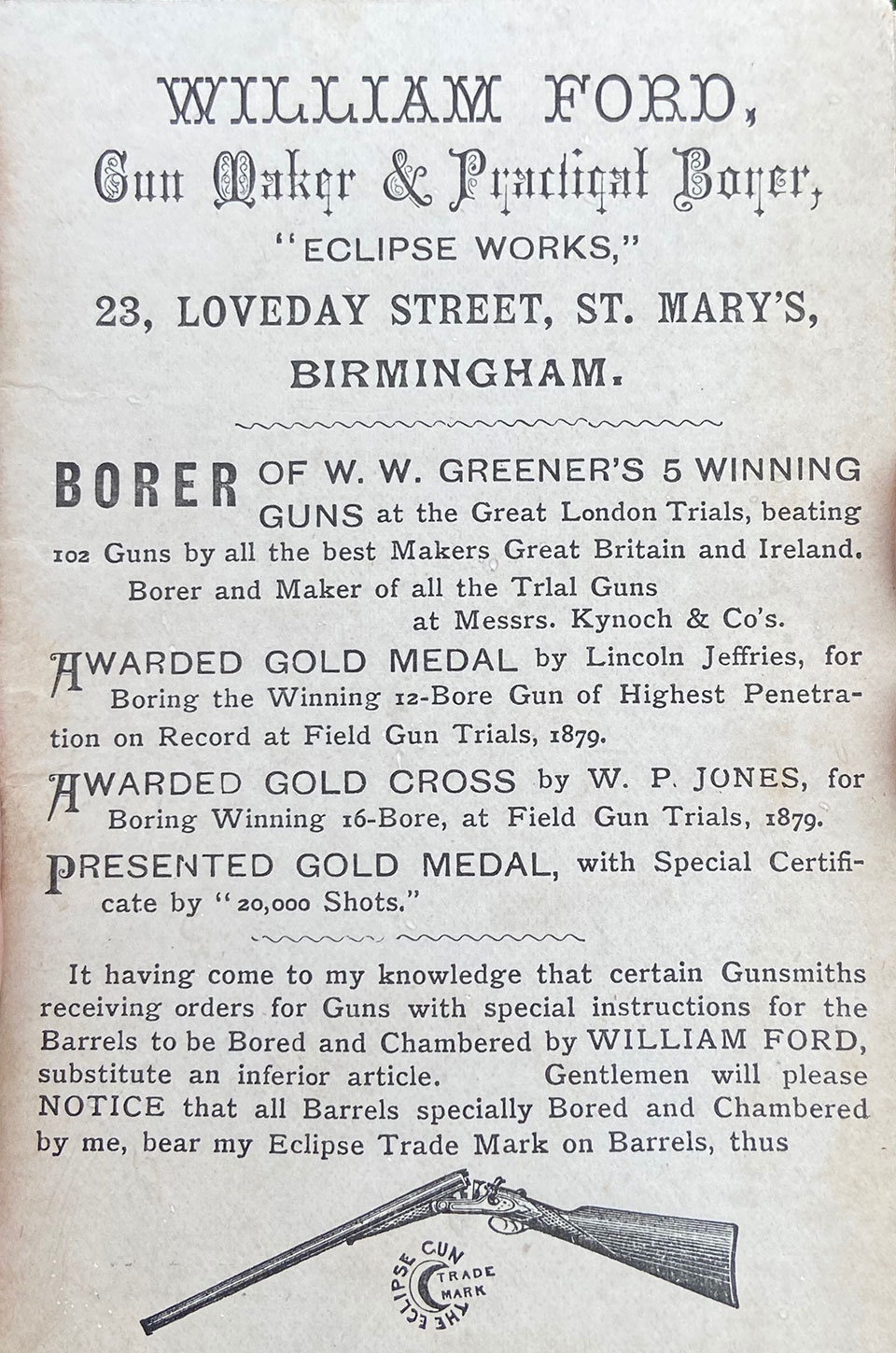
Ford draws attention to his trademark ‘Eclipse’ stamp, which he informs readers is always stamped on gun barrels bored by him for other makers. It also confirms that Ford bored and chambered new and existing guns for Kynoch’s ‘Perfect’ cases.
Of equal interest is the cost of work and repairs Ford quotes in this period (1885-1889). Re-stocking cost from thirty to one hundred and twenty shillings (the higher figure represented one hundred days work for a skilled tradesman) and a hundred 12-bore cartridges cost ten shillings and six pence, which today would be forty-four pounds, or a day’s pay for a skilled tradesman.
William Ford may not be a household name but his place in the development of the sporting gun into what we know it as today is secure. He was one of the very best at making barrels shoot straight, and throw even patterns with good penetration.
I have seen, shot and handled several Ford guns over the years and have never seen a bad one. His is definitely a name to note and should prompt a closer look when one passes your way.
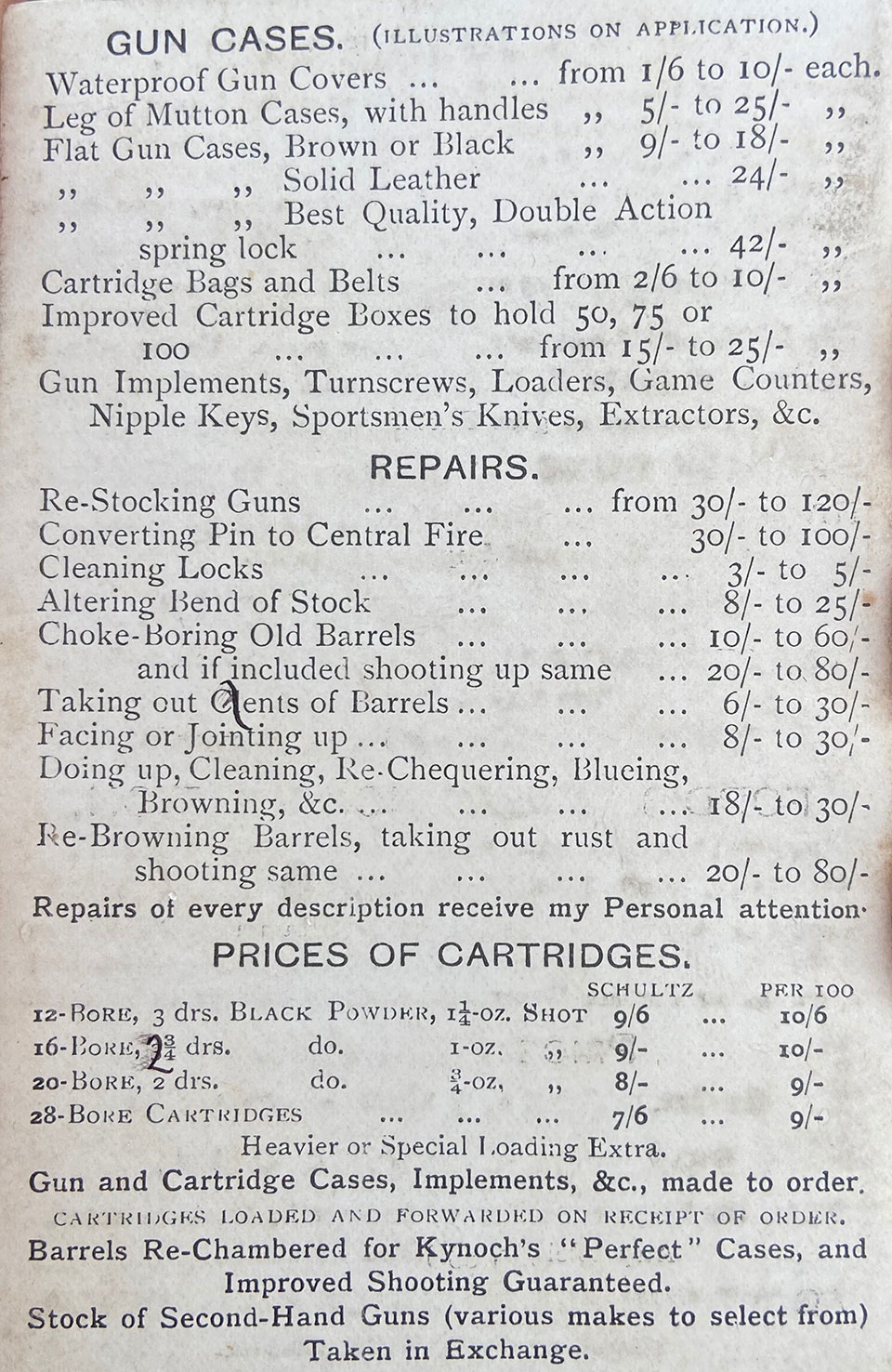
Ford's name re- appears in a very interesting book by David Baker, called 'Twenty Thousand Shots', which recounts the life and passions of Arthur Lane. Ford and Lane shared a common interest in the patterning of shotguns and may well have collaborated.
Published by Vintage Guns Ltd on (modified )




